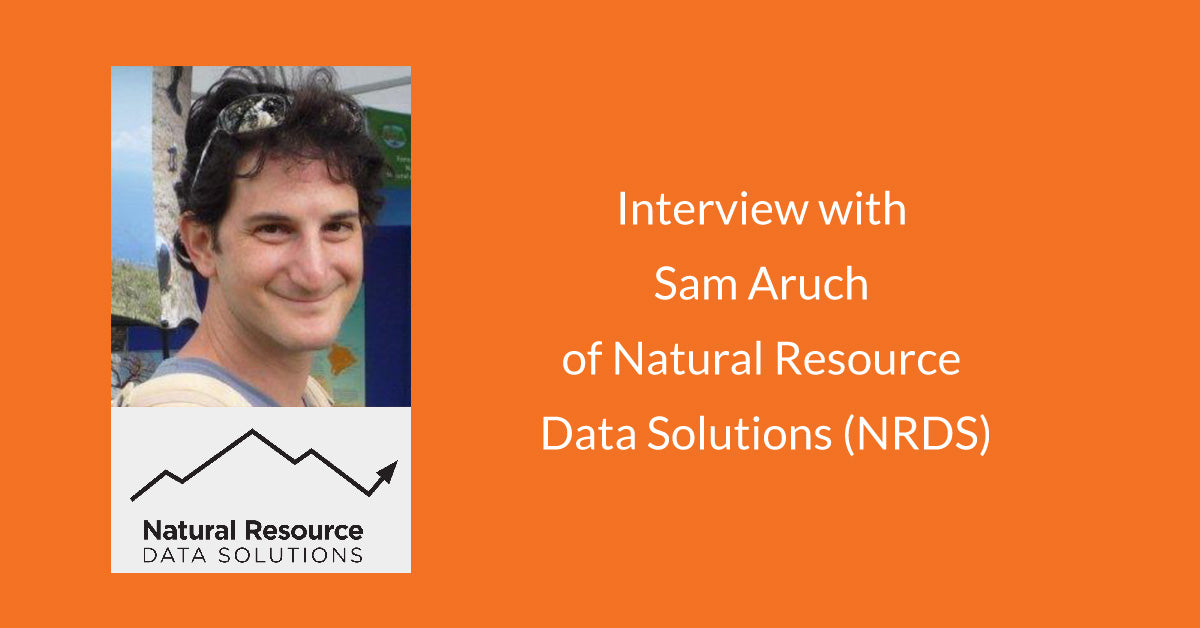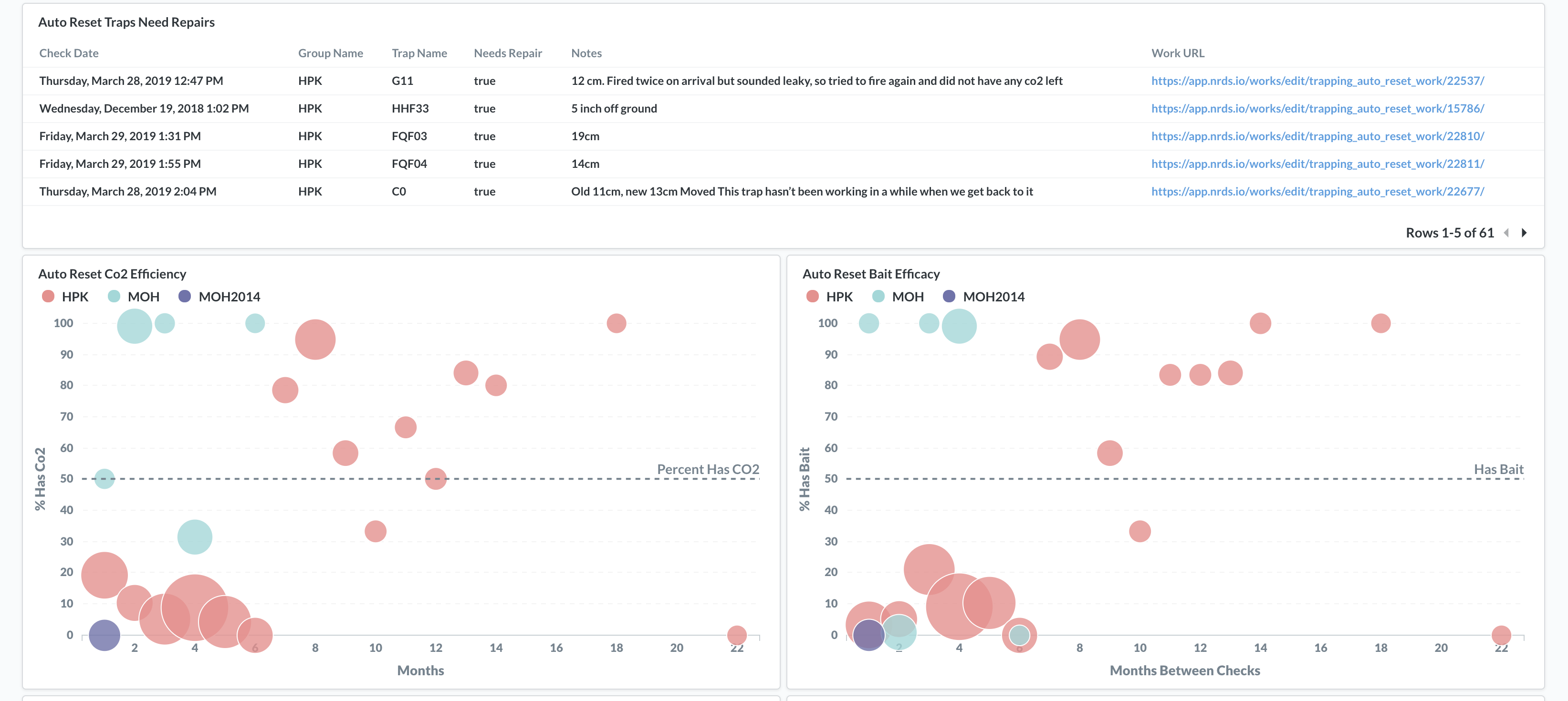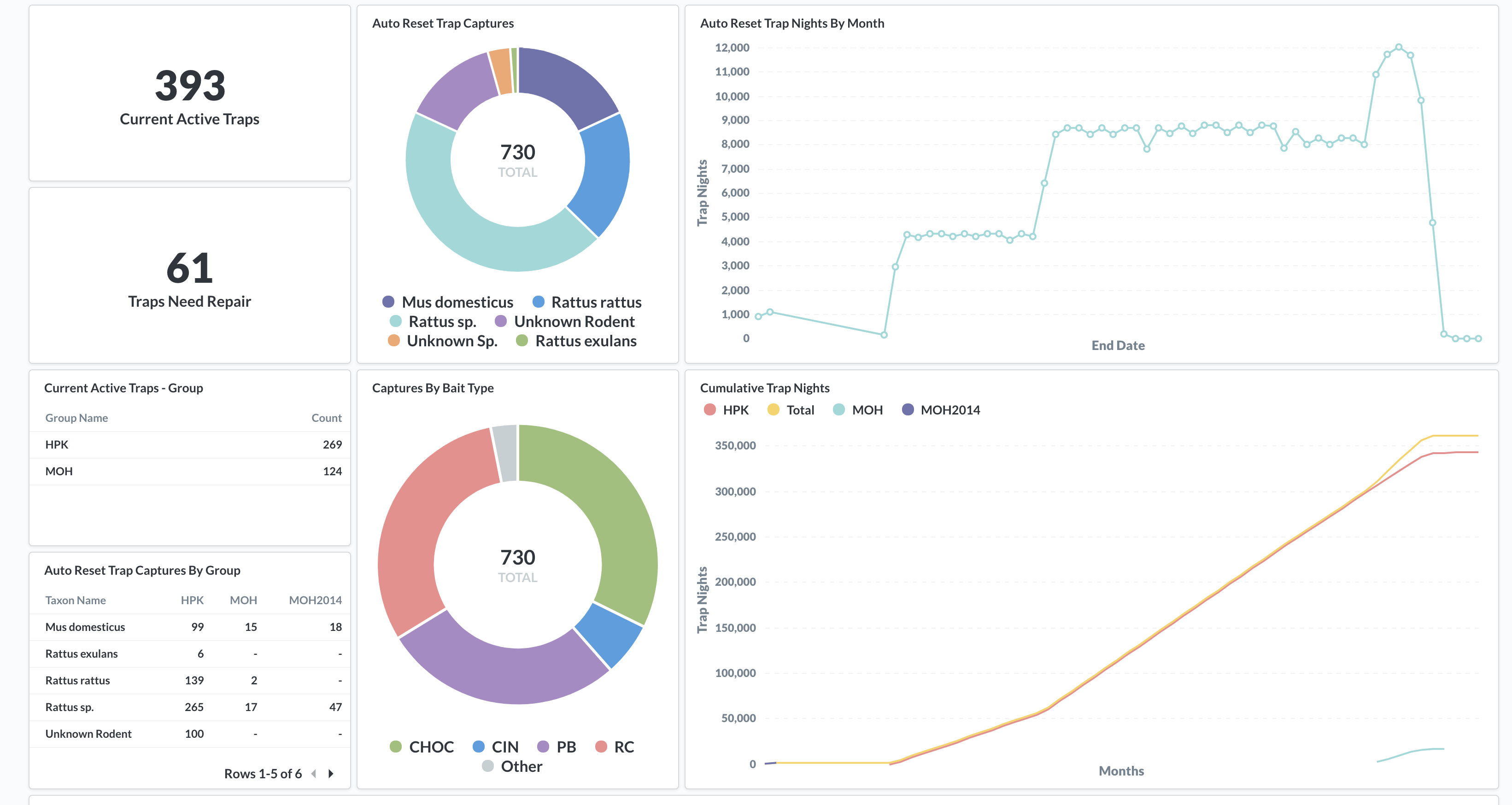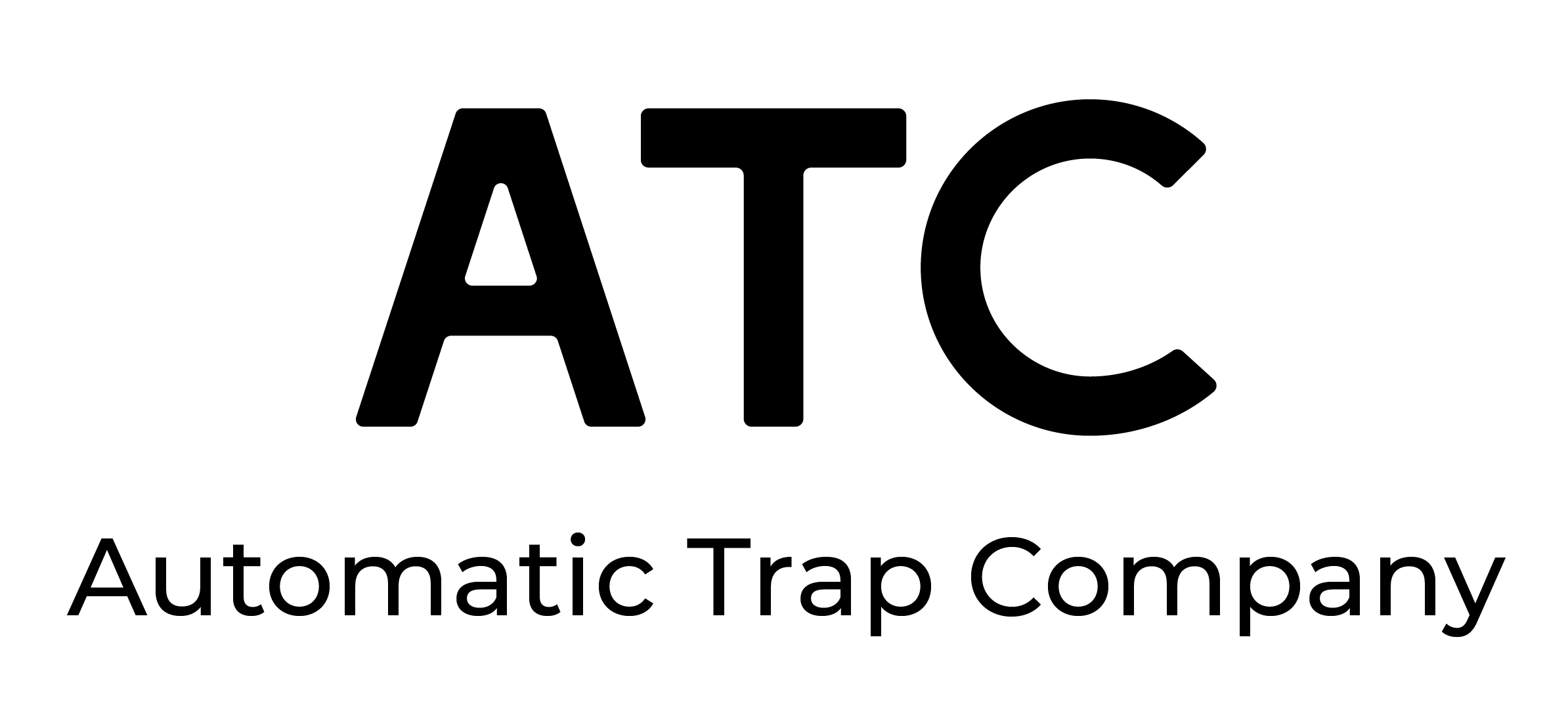
Interview With Sam Aruch from Natural Resource Data Solutions (NRDS)

We recently spoke with Sam Aruch of National Resource Data Solutions or NRDS. NRDS has developed Place-Based Project Management Software for Agriculture & Conservation; a secure multiplatform location-based software that combines project management, GIS, data collection, reporting, and analysis.
AT: So we're joined today by Sam Aruch from Natural Resource Data Solutions. So first of all, thanks for being here with us. Why don't you start off by telling us a little bit about yourself and Natural Resource Data Solutions.
SA: Well first of all, thanks for having me. So in Natural Resource Data Solutions or NRDS or Nerds, it's a plant-based project management platform, mainly for agriculture and natural resource management. So we help farmers and different conservation managers measure, map and share their impact in a cost effective easy way.
SA: So essentially it's a combination of GIS for mapping mobile data collection and project management. And I got into this, I started out as a field biologist and a land manager and working in super rugged in remote places, doing things like removing invasive species, protecting rare plants and animals and then taking a step back. Measuring and monitoring the effectiveness of the work we were doing.
SA: But as you probably know, a lot of the people that do this kind of work, it's really frustrating because using tools like paper and pencil to collect data or even if you've moved to digital tools, there's really just like this patchwork of incompatible tools and it makes it really hard to do things like learn from your mistakes or share your successes. So we essentially, we created NRDS. Mobile tools to create, collect data in the field, and then with dashboards and analytics to make decisions in real time. So, help make sure-
AT: You don't have to carry around a case, or stacks and stacks of paper and pads and pen into the field, right?
SA: Exactly. And, and when you need to find something, you know where it is, and essentially it just help you do your work and then save a lot of time and be more efficient.
AT: Awesome. So, Nerds, I love that little acronym there. That's great. I think it's probably pretty accurate being a nerd myself. So why is Nerds or NRDS perfect for trap management?
SA: Well, it's easy. It's accurate and it makes the data you collect compatible and shareable either within your team or with your collaborators. And it scales depending on what you're doing. So we have an app that works offline. It's map-based so you can add traps to your map, check them, recheck them, look up past data in the field. And then on the admin side you can manage your trapping program and look at trap efficacy and beta efficacy. Manage all the dropdowns and it scales, right?
SA: So if you're just using it really basically just to put traps on a map so you can remember where they are, you can use it like that. Or if you're trying to really tune in you're trapping program, you can collect lots of really detailed data.

AT: So it's as robust as you want it to be, right? You've got your base level user and then some people that would be in the field that would go a little bit more in-depth I would imagine.
SA: Exactly. And then you can also create reports and run different types of analytics and analysis.
SA: I was going to say also you can link it to, depending on what type of work you're doing, you could integrate that trap data and link it to whatever types of resources you're protecting and measure your impact in that respect as well.
AT: Right. That's very cool. So can you tell us about some of those other modules that your team's developed and maybe some of the other industries that are currently employing and NRDS?
SA: Sure. So we work with a lot of different land managers, people ranging from watershed protection to invasive species removal and endangered species protection. So we have things like water quality, seabird monitoring, different types of trapping. So you can set up trapping workflows for box traps or tracking tunnels or camera traps. And even we have a tool that you can run through thousands of camera trap photos and tag them, different types of monitoring. And we're working with production agriculture operators as well. So different farmers. So you can do things like track your harvest and your plantings, fertilizer use, different inputs and outputs.

AT: Yeah, it sounds like really the applications are pretty robust at this point. In terms of traps and are Goodnature traps specifically, why do you think there's such a great fit with Goodnature traps? And there are a lot of ecologists that are using NRDS that use our traps as well. So why do you think that fit is such a good crossover?
SA: Well, those tools in the workflows were developed by people that use the traps. And there's been a lot of iteration. So we've been helping people use these traps for a number of years. There's probably been, well I know there's been tens of thousands of trap checks managing thousands of traps. So it's been pretty well beat up and we have a great customer base that's really given us a lot of really good feedback and helped us to dial it in. So it works really well for them. It's been a bottom-up approach. So it's really been focused on, it's people using it in the field and giving us feedback and making it better.
AT: Well, from that standpoint, can you give us a walk through, what would a typical day of somebody managing a grid of Goodnature traps that also use NRDS, what would that day look like?
SA: Sure. So say you're going out and you're doing your trap line, you can look at the app and it shows you where you are on the map. You can click on the trap that you're standing next to or click a button and drop a new trap. You could also look up the trap or if it has a barcode on it, you can scan it, pull up the trap itself, click Check Trap and then fill in the form, right? Record counter difference what baits you used, the status of the bait on arrival. If you have any recoveries for your targets, you can pull up a sub-form and then list the type of target you've recovered, the age, sex, color, and you can pull out that kind of data as well. So you've got a combination of the mapping side and the data collection side. 
AT: Yeah, super useful. I would imagine it just has really revolutionized organization at least. And you're right, having that bottom-up approach is definitely an advantage for you guys. So how would somebody in a remote location be able, I know a lot of this is web-based, so how would somebody be able to manage their data in the field, especially when they're in such remote locations, for example?
SA: We have groups that take the app out into the middle of nowhere. We're based in Hawaii, so we have a lot of projects that fly into these super remote and rugged areas and take the app out for a week or over a week at a time. So you can check out your data onto the app, so everything's local. And then work in the field and then when you get out, you push your data out.
AT: Right. Okay. Well that makes sense. In terms of development and the challenges that you and your team have faced, what were some of the early development challenges with getting the app running and how did you overcome these?
SA: I would say probably one of the hardest challenges is getting that offline workflow to work really well. And we overcame that because we have a great team of developers. But most importantly we have a really great group of customers that are able to give us feedback, really beat up the app and help us make it really good. So that's the main thing, having that group of customers that are going to give you honest feedback. And we're really, really receptive to that. And we're really customer-focused so we listen to what people say, and our goal is to make their lives easier.
AT: Well, what were some of those interesting discoveries that you made in that process?
SA: Just the diversity of different use cases and how people want different little customizations. And if you listen to five or 10 different groups, you start to see the patterns of okay, both of these groups want this different feature, but it's really the same feature. They just call it a little different or we can figure out a way to automate this for them and make it faster. Something like, one feature is trap repeat, right? So you can switch it on repeat. So if you're checking 150 traps in a day, you can just fill in the form, go to the next trap, pick the trap, click the button and it's already filled in the form for you. So just make it really fast for them, really efficient.
SA: Another one is quality control, right? So, maybe you're checking 500 traps in a day and you need to figure out if you missed any. So building in some quality control tools that help them to figure out which traps they missed or reminders and those kinds of things.

AT: Right. So you almost have those built-in focus testers and those, the ecologist and farmers, et cetera. That's perfect. Can you share any stories from the fields? Anything interesting that you'd like to share with us?
SA: Well, this doesn't really have anything to do with trapping, but one story is, so like I said, I started out as a field biologist and we're based in Hawaii and I did a lot of forest bird work. And there's one story where we were doing bird surveys and the plan was to get dropped off at the top of the mountain and walk for three or four days down the mountain, counting birds at different stations. So, super remote, super rugged, really steep, really thick vegetation, climbing over things and under things with a really heavy pack.
SA: So we got dropped off I think at about 8,000 feet and we walked all day long and that night, we're just camping in hammocks and it just started pouring rain, thunder and lightning all around us. And there's no cell service, we couldn't get anybody on the radio. And to make it even more fun, wild pigs started rooting around under, under the tent, right.
AT: Circling the wagons?
SA: Circling the wagons, yeah. And it was just pouring thunder and lightening, so you're really practicing the power of positive thinking, right? So this is going to be a great story to tell my kids one day.
AT: Yeah, there's that thought and then you're channeling your inner Rambo that's just coming right up from under you as well.
SA: Oh yeah. You could hear the streams flash flooding and we had to cross a bunch of streams and there were places we were going to have to climb down waterfalls with ropes. So you're thinking this three-day trip is going to become a seven-day trip. So in the morning, it cleared a little bit and we heard the helicopter coming to check on us. They were worried. So we got on the radio, and the pilot said, "Oh, there's nowhere I can pick you up for miles except this one little spot about a hundred meters away from you guys." So we cut down a couple branches, he hovered, we jumped in the helicopter and we got out.
AT: And it's now a good story.
SA: And it's now a good story. But that shower and that burger that night, were probably the best I've ever had.
AT: Oh, I can imagine. Awesome. Well yeah, thanks for talking with us for sure. Where can people find National Resource Data Solutions online and connect with you guys through social media?
SA: We have a a website, NRDSdata.com and you can check that out. And then there's also some tutorial videos oDS.io. And we have Instagram now, I think that's it's NRDSAINAPRO, A-I-N-A-PRO.
AT: Awesome. We'll link to it for you as well, so people will be able to just pick it up right from the article.
SA: Great.
AT: Awesome. So lastly, what's next for you and your team?
SA: Just improving the workflows and usability. And now we're actually starting to focus and look into more tools for agriculture. So helping with agricultural record keeping and helping to help farmers be more efficient, especially when it comes to record keeping and certifications. So things that are coming down the line for farmers that are really burdensome for them, like FSMA, Food Safety Regulations. And there's different organic certifications. So that's some of the things that we're starting to work on now.
AT: Exciting stuff. Well, thanks again for coming in and talking to us today and yeah, we look forward to connecting in the future.
SA: Great. Thank you very much.
AT: All right.
- Choosing a selection results in a full page refresh.
!

